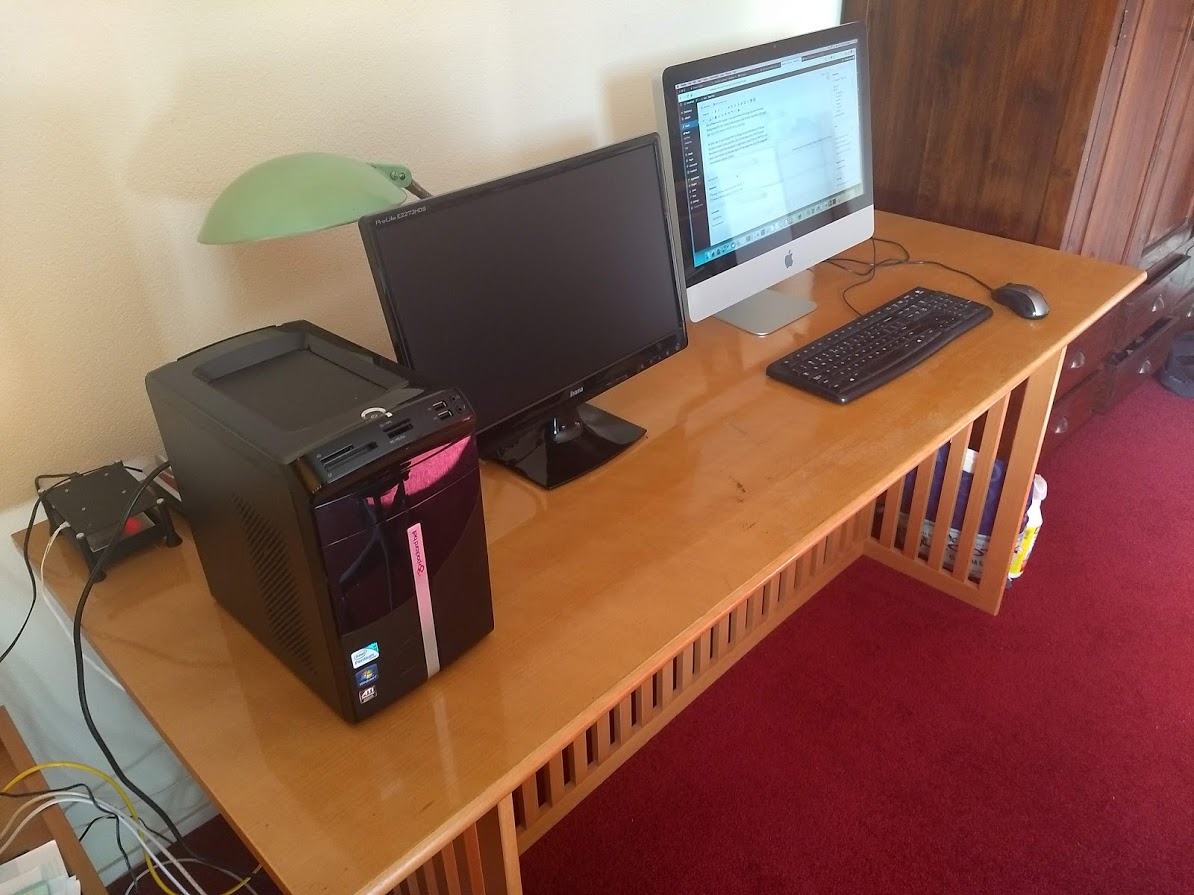A few years ago I wrote about my IBM Thinkpad happily running Puppy Linux. The laptop is still running fine but now with AntiX.
Categories
A few years ago I wrote about my IBM Thinkpad happily running Puppy Linux. The laptop is still running fine but now with AntiX.
This article describes how to maintain a Squeezebox server (or Logitech Media Server). All software used for this project is free and open source.
In Part II of my Bash scripting adventures I’ll write a script to resize an image.
2019 is a good year to start scripting with Bash

My neighbors wanted to throw away a perfectly good PC with Windows 10. But instead I installed Ubuntu MATE giving the PC a new life and didn’t let it become ewaste.